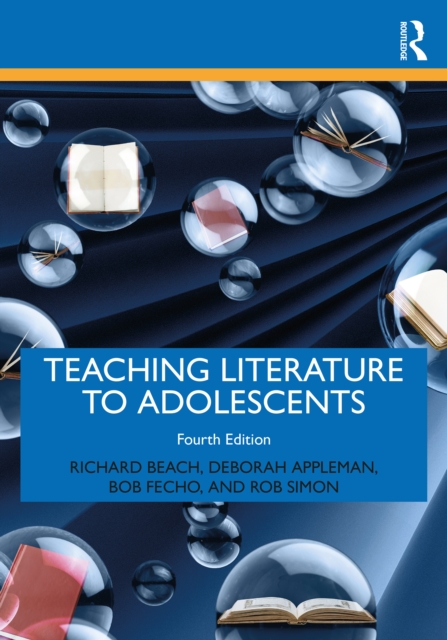
Teaching Literature to Adolescents PDF
by Richard (University of Minnesota, USA) Beach, Deborah (Carelon College, USA) Appleman, Bob Fecho, Rob (University of Toronto, Canada) Simon
Description
Now in its fourth edition, this popular textbook introduces prospective and practicing English teachers to current methods of teaching literature in middle and high school classrooms.
This new edition broadens its focus to cover important topics such as critical race theory; perspectives on teaching fiction, nonfiction, and drama; the integration of digital literacy; and teacher research for ongoing learning and professional development.
It underscores the value of providing students with a range of different critical approaches and tools for interpreting texts.
It also addresses the need to organize literature instruction around topics and issues of interest to today’s adolescents.
By using authentic dilemmas and contemporary issues, the authors encourage preservice English teachers and their instructors to raise and explore inquiry-based questions that center on the teaching of a variety of literary texts, both classic and contemporary, traditional and digital.
New to the Fourth Edition: Expanded attention to digital tools, multimodal learning, and teaching online New examples of teaching contemporary texts Expanded discussion and illustration of formative assessment Revised response activities for incorporating young adult literature into the literature curriculum Real-world examples of student work to illustrate how students respond to the suggested strategies Extended focus on infusing multicultural and diverse literature in the classroomEach chapter is organized around specific questions that preservice teachers consistently raise as they prepare to become English language arts teachers.
The authors model critical inquiry throughout the text by offering authentic case narratives that raise important considerations of both theory and practice.
A companion website, a favorite of English education instructors, http://teachingliterature.pbworks.com, provides resources and enrichment activities, inviting teachers to consider important issues in the context of their current or future classrooms.
Information
-
Download - Immediately Available
- Format:PDF
- Pages:324 pages, 3 Tables, black and white; 9 Line drawings, black and white
- Publisher:Taylor & Francis Ltd
- Publication Date:28/12/2020
- Category:
- ISBN:9781000337877
Information
-
Download - Immediately Available
- Format:PDF
- Pages:324 pages, 3 Tables, black and white; 9 Line drawings, black and white
- Publisher:Taylor & Francis Ltd
- Publication Date:28/12/2020
- Category:
- ISBN:9781000337877






